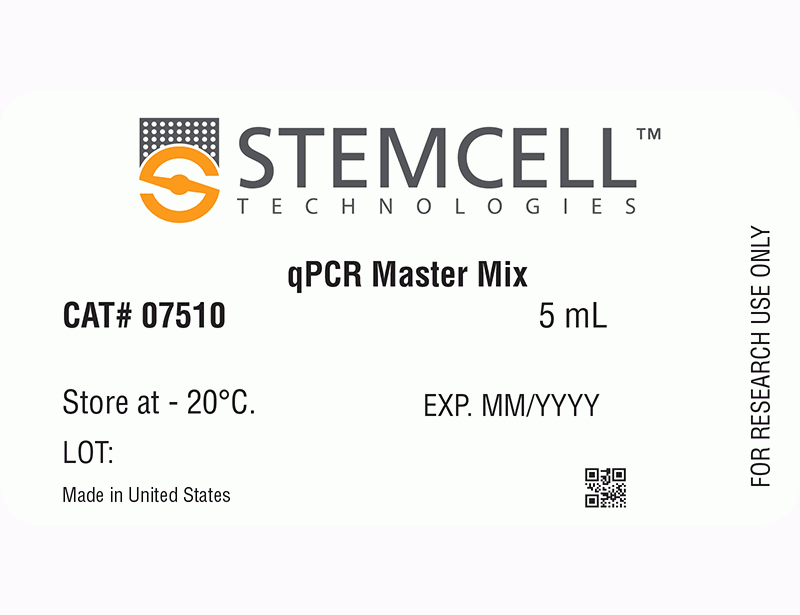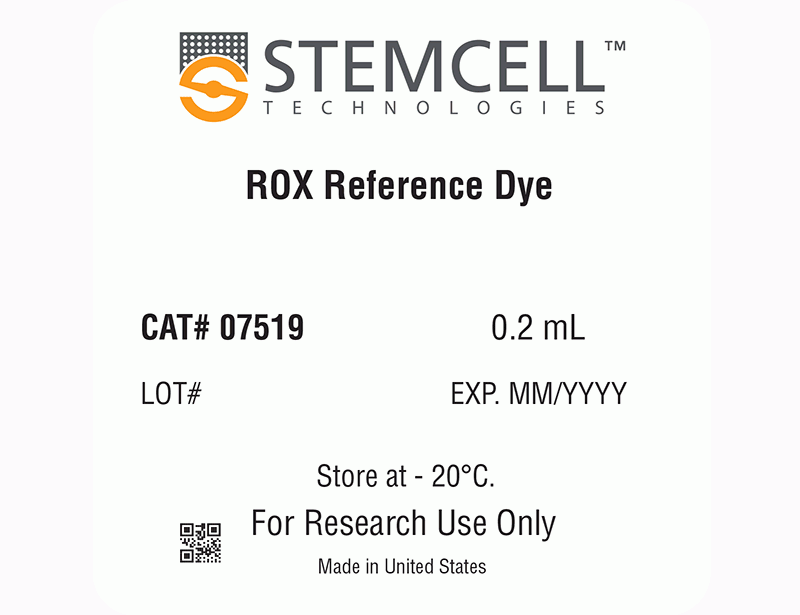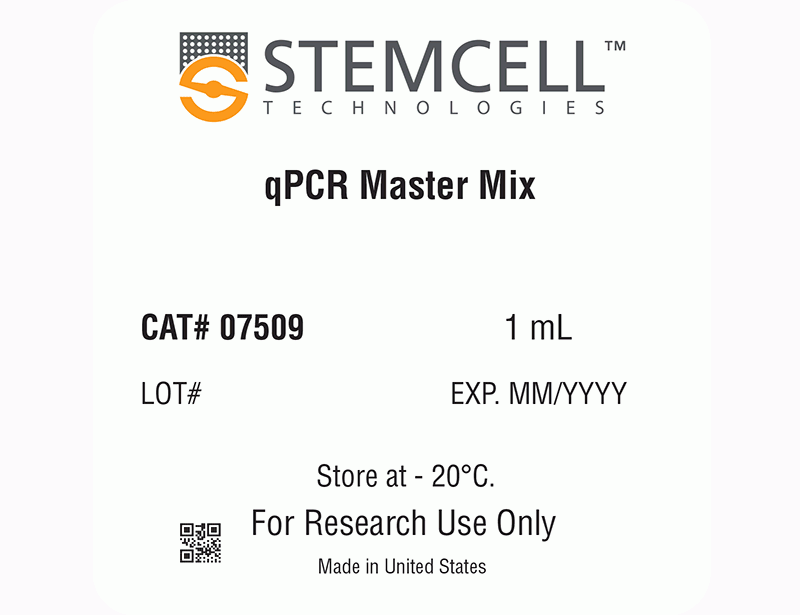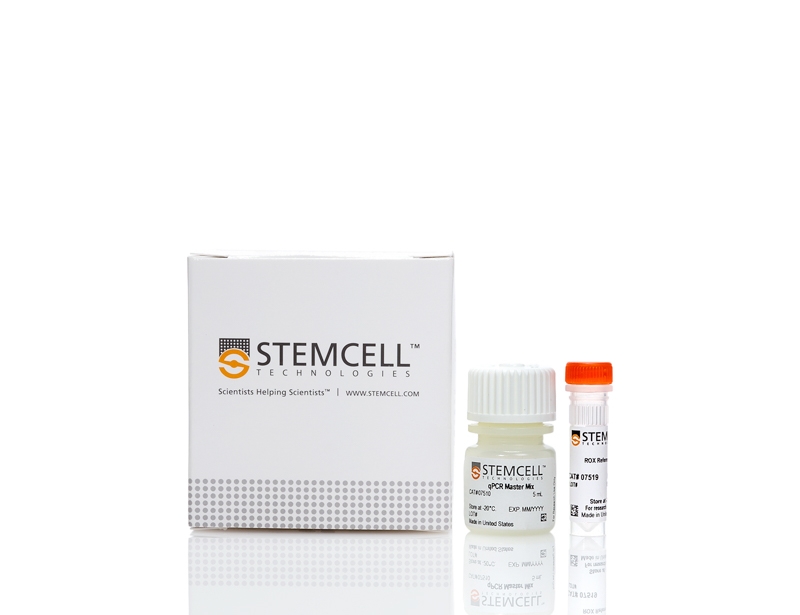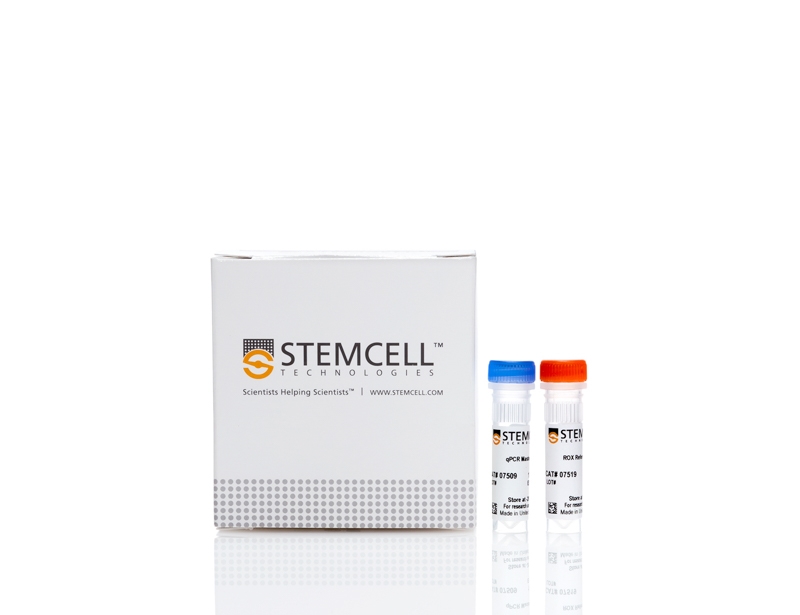qPCR Master Mix Kit
• Efficient, sensitive, and reproducible
• Optimal performance when using standard or fast cycling conditions
• Ideal for high-throughput applications and overnight experiments
• Compatible with various real-time qPCR instruments
| Document Type | 产品名称 | Catalog # | Lot # | 语言 |
|---|---|---|---|---|
| Product Information Sheet | qPCR Master Mix Kit | 07516, 07517 | All | English |
| Safety Data Sheet 1 | qPCR Master Mix Kit | 07516, 07517 | All | English |
| Safety Data Sheet 2 | qPCR Master Mix Kit | 07516, 07517 | All | English |
Data

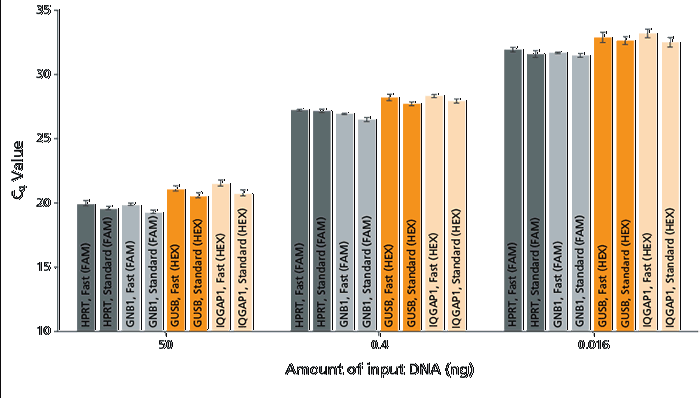
Figure 1. PCR Amplification Efficiency Remains Consistently High Under Standard or Fast Cycling Conditions
qPCR was performed with qPCR array plates, template, qPCR Master Mix and reference dye using a real-time PCR instrument. (A) The calculated PCR efficiency of 13 assays (n = 26) is shown run under fast cycling conditions using either diluted cDNA (50–0.016 ng) or 101 –107 copies of template. All assays exhibited 90–110% PCR efficiency with R2 >0.99. (B) At each concentration of cDNA (50 – 0.016 ng; 3 of 6 dilutions shown), the difference in Cq values determined using standard or fast cycling conditions was<1. Standard cycling: 3 min. 95°C; 49 x (15 sec. 95°C; 1 min. 60°). Fast cycling: 3 min. 95°C; 49 x (5 sec. 95°C; 30 sec. 60°).
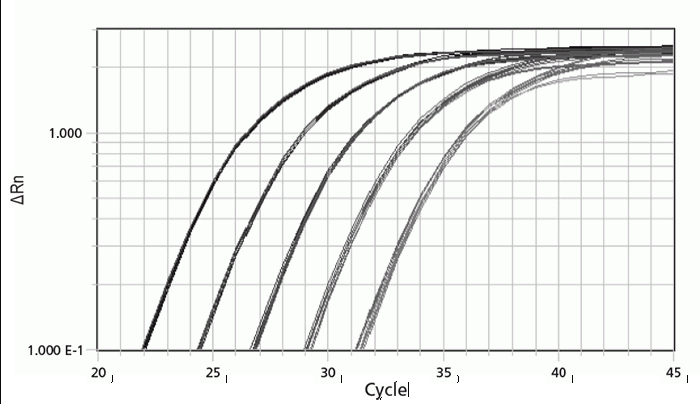
Figure 2. Reproducible Amplification with qPCR Master Mix After Extended Pre-Heating
qPCR Master Mix was either heated at 55°C for 4 or 8 hours or not heated before use in qPCR assays with reference dye and varying amounts of cDNA (50 - 0.08 ng). An overlay of the amplification plots shows no effect on the amplification curves for unheated or heated qPCR Master Mix.

